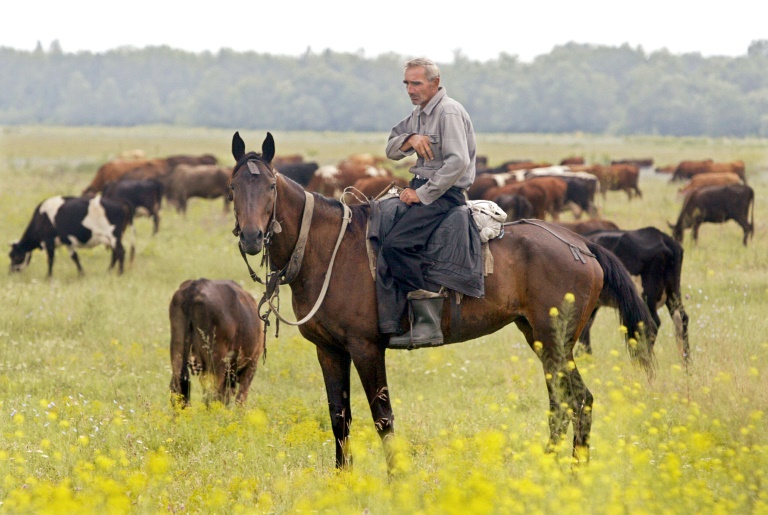Humans tamed horses some 4,200 years ago in the northern Caucasus region of what is today southwestern Russia, a study said Wednesday, solving the centuries-old mystery of where and when the process began that led to today’s domesticated equine population.
Taming wild horses changed the way humans moved, fought, communicated and traded.
But it also meant domesticated mares and stallions would come to replace all the wild populations in existence — from western Europe to Mongolia — within the span of about five centuries.
To pinpoint the beginning of this process, an international team led by Ludovic Orlando of the Centre for Anthropology and Genomics in Toulouse sequenced DNA from the remains of nearly 300 ancient horses from across Europe.
According to the study in Nature, their hunt led to a gene and a genomic region that may have influenced key traits in today’s horses: docility and a strong back.
“Our data show a rapid expansion (of this horse) right from the start,” Orlando told AFP.
“This implies that people were really motivated to create a new vehicle.”
– Dead end in Kazakhstan –
Until recently the most promising evidence pointed to domestic horse origins in northern Kazakhstan.
There, archaeologists unearthed ceramics with traces of mare milk, horse faeces in pens, and huge quantities of old horse bones and teeth that seemed to show harness use.
“This reasonably made us conclude that this was where domestication happened,” Orlando said of the 5,500 year old discoveries.
“We started our search there by sequencing the genomes of this horse, expecting they would turn out to be the direct ancestors of domestic horses” he said.
Instead, they ended up ruling out the settlement as evidence of a failed attempt at domestication with the remains linked to a kind of horse that has since become virtually extinct.
“We had to take another approach,” Orlando said.
– ‘From Iberia to Siberia’ –
Rather than look at one possible location for evidence of domestication, Orlando said his team decided to sequence them all “from Iberia to Siberia”.
With a team of over 150 scientists, they looked at samples dating from 2,000 to 50,000 years ago in order to include all horse lineages known to exist within that timeframe.
They used cutting-edge sequencing technology and spent years hunting for similarities between ancient DNA and the horses of today.
Finally, about a year ago, a match surfaced in southwestern Russia concentrated in an area about 500 kilometres wide.
“It was very, very clear: the number of genetic differences found outside the region was much, much greater than within,” Orlando said.
Once they had localised the genome of interest, they used radio carbon dating to discover when these horses roamed, within one or two centuries.
Within their DNA, a particular gene and genomic region stood out: one associated with spinal strength, and one with anxiety.
The study says human preference for horses with these genes “suggests shifting use toward horses that were more docile, more resilient to stress and involved in… endurance running, weight bearing and/or warfare”.
Mapping the various horse genomes over time, the researchers saw a mosaic of wild horse populations that persisted for millennia.
But as soon as domestication by man occurred, the map changed drastically.
“The colourful map became one solid colour,” Orlando said.
One horse genome, the ancestor of today’s domestic horse population, took over.
“At first that horse was very confined and then suddenly it spread across Eurasia like wildfire.”









